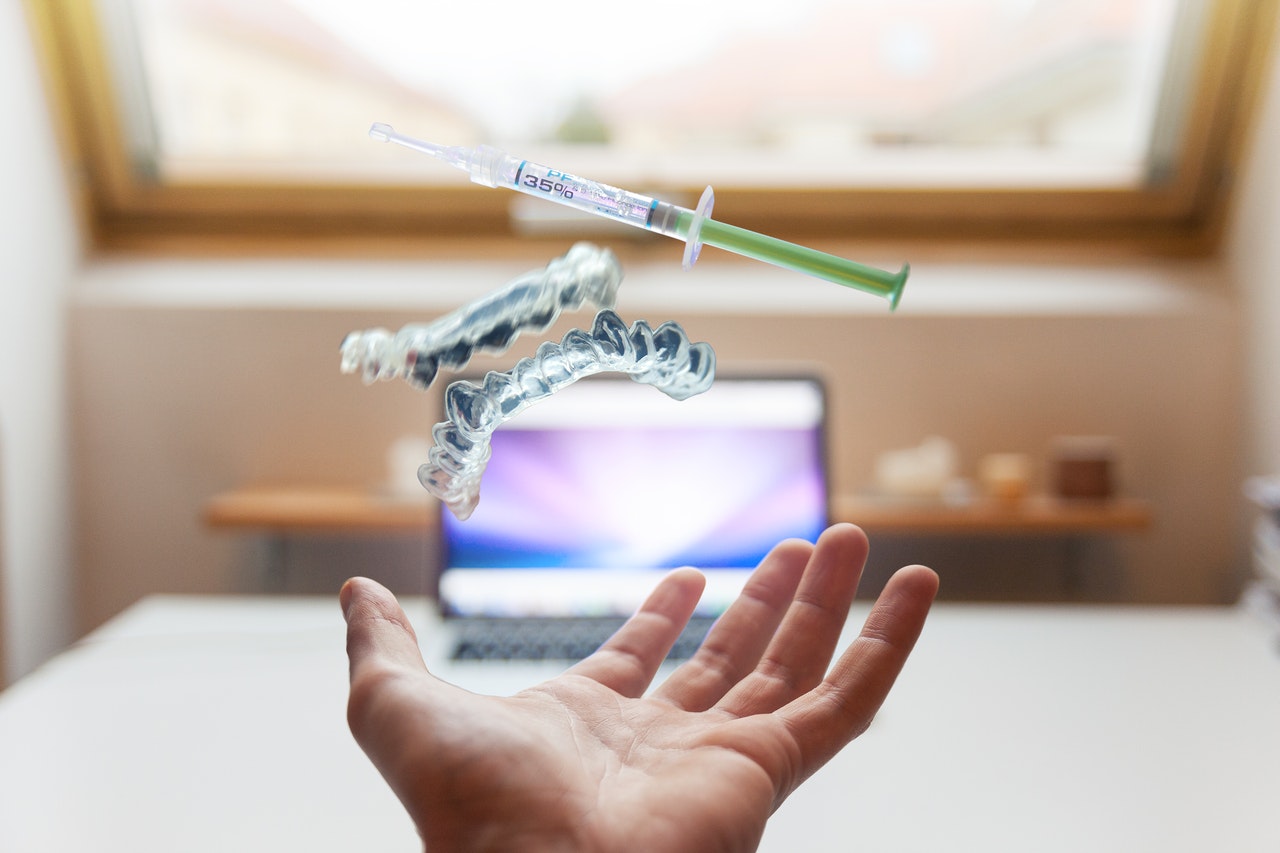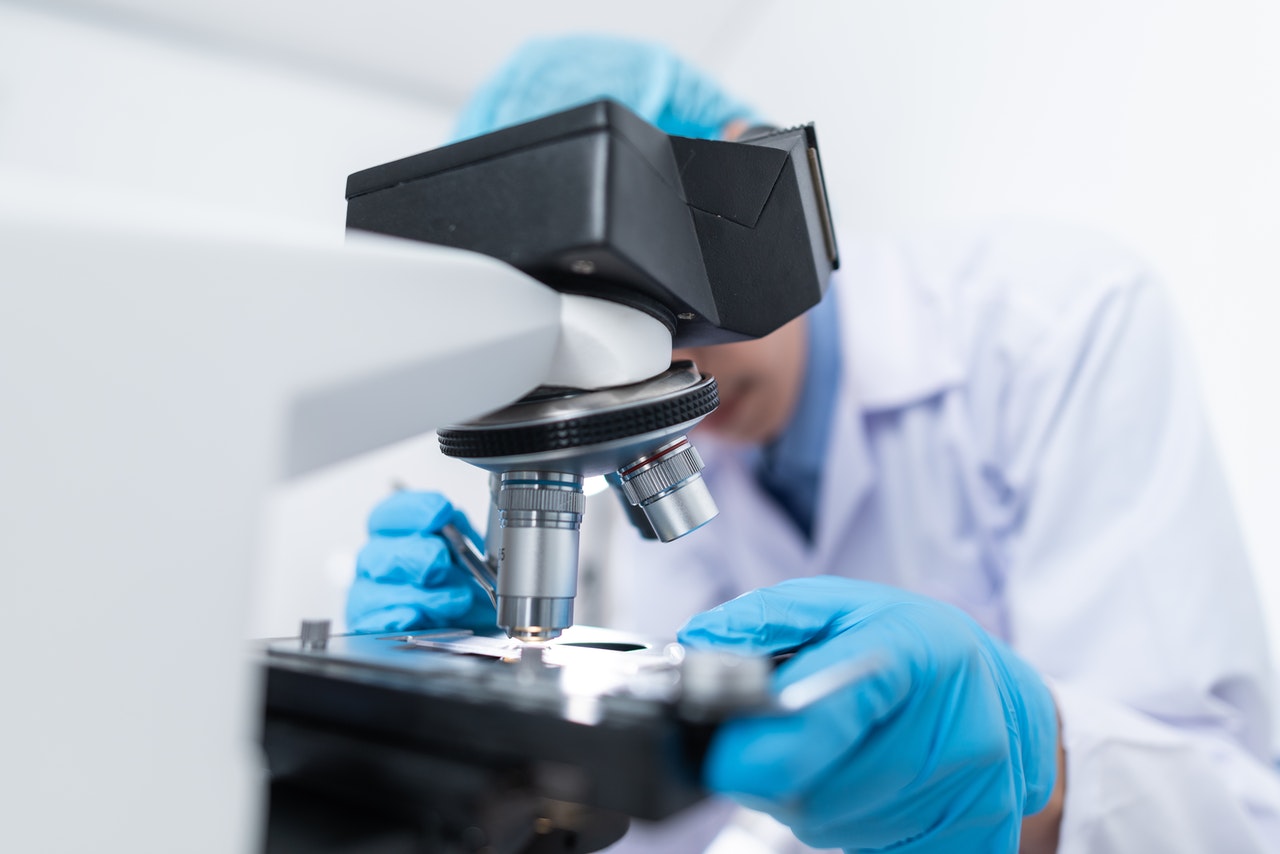Standard treatment for trichotillomania
Trichotillomania (trichotillomania) is a mental illness in which one’s own hair is repeatedly pulled out for purposes other than cosmetic purposes.
The detailed mechanism has not been elucidated, but it is said to be triggered by mental stress and frustration. It is commonly found in children, but it can also occur in adults.
If it develops in early childhood, it often heals spontaneously, but if it develops in adults, treatment tends to be prolonged. Treatment is generally with a psychiatrist and psychotherapy.
Cognitive Behavior Therapy
It is a treatment method that makes you notice the habit of thinking that is difficult for you to notice and improves the problematic behavior (in this case, the behavior of pulling out your hair). Let’s support the people around you without taking a negative attitude. Specifically, we will proceed with the treatment as follows.
- ①: Awareness Training When you start pulling your hair, you will be aware of your unconscious hair pulling behavior by recording your current psychological state each time. By recording in writing, the patient can recognize and deal with the situations, times, and emotions that are likely to cause symptoms in daily life.
- (2): Competing Response Training When you are about to pull out your hair, you will be trained to take actions against it. For example, by taking other actions such as squeezing your palm or holding your armpits to prevent your arms from moving, you can reduce your desire to pull out your hair.
Drugs used to treat trichotillomania
SSRIs (selective serotonin reuptake inhibitors) and clomipramine, which are a type of antidepressant, are mainly used to treat trichotillomania.
- SSRI → By increasing serotonin in the brain, it has the effect of relieving the patient’s anxiety and depressed mood, and improving the stress that causes trichotillomania. Side effects are relatively few, but nausea, diarrhea, and sleep disorders may occur. In addition, withdrawal symptoms (dizziness, sweating, nausea, convulsions, etc.) may occur if you miss a dose or stop suddenly at your own discretion.
- ・ Clomipramine → It is a drug classified as a tricyclic antidepressant. By increasing serotonin and noradrenaline in the brain, symptoms such as decreased motivation, anxiety, and insomnia are alleviated and stress is improved. Tricyclic antidepressants are generally more effective but more prone to side effects. The main side effects include strong drowsiness, thirst, constipation, dizziness and light-headedness, nausea and palpitation.
Relationship between trichotillomania and medical cannabis
In Japan, from the viewpoint of substance abuse prevention, the manufacture of drugs containing cannabis raw materials (excluding mature stems and seeds) and research such as clinical trials are strictly regulated by the “Cannabis Control Law”. However, in recent years, research has shown that cannabis is useful for a variety of intractable diseases, including healthcare professional surveillance in the United Kingdom, Germany, Australia, more than half of the states in the United States, Thailand, and South Korea. And there is a move to legalize treatment with medical cannabis.
The ingredients contained in cannabis are collectively called “cannabinoids”. All animals, including humans, have a regulatory function called the “End Cambinanoid System (ECS)” that regulates the neural and immune balance to maintain a healthy body. Specifically, it controls appetite, pain, immune regulation, emotional suppression, motor, neuroprotection, cognitive function, etc., and it is said that when this function weakens due to stress or aging, it becomes easier to develop various diseases. increase.
Medical cannabis is said to have the function of restoring this cannabinoid system to normal, and is thought to be effective against various diseases. It has been pointed out that when an abnormality occurs in the cannabinoid system of the brain, the function of the reward system in the brain that creates motivation and satisfaction does not work well, and it may induce mental illness.
Trichotillomania is often caused by mental stress and frustration, so patients can use medical cannabis to reduce anxiety, relax, and reduce the urge to pull their hair. Is being considered.
Medical treatment may not be able to find a doctor who specializes in cognitive-behavioral therapy for alopecia, and drug therapy may not actually be very effective or may suffer from side effects. Expectations for cannabis are rising.
Cases of treating trichotillomania with medical cannabis
At present, there are few papers that have properly proved the effect of medical cannabis on patients with trichotillomania, and it is thought that research is still underway.
Here are two examples of clinical trials in anticipation of the effects of medical cannabis on trichotillomania. It is believed that the synthetic cannabinoid “dronabinol” may be effective against trichotillomania.
In some countries that have legalized medical cannabis, dronabinol has been approved for use in anti-nausea treatment and for anorexia and weight loss in AIDS patients.
- ①: In a clinical trial conducted from 2009 to 2010, dronabinol was administered to 14 adult females with trichotillomania in their 20s and 40s for 12 weeks. Twelve patients were able to continue treatment for 12 weeks, of which nine women were found to have an improving effect on trichotillomania.
- (2): This is a clinical trial currently underway from 2018 at the University of Chicago in the United States, with the expectation that dronabinol will be effective against trichotillomania and excoriation.
Fifty patients aged 18-75 years with trichotillomania or excoriation will be double-blinded with dronabinol and placebo for 10 weeks. The double-blind method is a clinical trial method that is conducted without prejudice by both doctors and patients. Results on efficacy and safety will be available in August 2021.
References
2) JonE Grant, Brian L Odlaug, et al. Dronabinol, a Cannabinoid Agonist, Reduces HairPulling in Trichotillomania: A Pilot StudyPsychopharmacology (Berl) 2011 Dec; 218 (3): 493-502
4) Tsuneyuki Yamamoto; Cannabinoid Receptors-Role in the Central Nervous System, Journal of Pharmacology (FoliaPharmacol.Jpn) 130,135-140 (2007)



